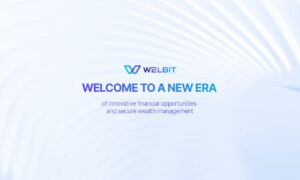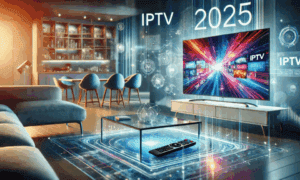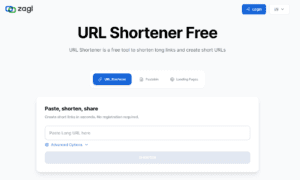Affordable Internet Services for StudentsThe recent shift to online learning has exposed the digital divide and highlighted the need for improved internet structure. For those students who are at a digital disadvantage when it comes to online success, here are a few services providing affordable internet access that can help close the gap.
Nonprofit Services
Some service providers partner with nonprofits to provide at-cost internet for households that display a financial need. Nonprofits such as Mobile Citizen are working to close the digital divide by identifying households, students, and entire communities that are struggling to stay connected and providing the resources they need to get online. Some nonprofits provide internet services at a reduced rate directly to households. Others partner with schools and libraries to provide mobile hotspots for students and teachers for free. These programs also take into consideration the cost of internet-capable devices, and will often donate devices such as laptops and tablets to schools so that they can be distributed to students in need. Mobile hotspots have the added benefit of keeping an entire household connected to the internet, completely relieving the financial burden of internet access without having to prove financial need with government assistance. Some families who would benefit from affordable mobile internet may not qualify for government assistance because they don’t receive other support. In these situations, nonprofits can help connect students and their families to the resources they need.
Government-Sponsored Discount
While the United States government works to address internet infrastructure needs across America, it has taken steps to help relieve the burden of cost on low-income households. The Federal Communications Commission, or FCC, has established the Lifeline program to provide reduced-cost internet for households that display a financial need. Households that make less than 135% of the federal poverty guideline or have at least one member participating in certain public assistance programs, such as SNAP or Medicaid, can qualify for their internet bill to be reduced by a certain amount. This discount is limited to certain internet service providers, so services will vary depending on your location. If you qualify, the savings can be significant. You may even qualify for a credit to put toward a new laptop, desktop, or tablet to better take advantage of online resources and keep up with the changing digital landscape.
Service Provider Discounts
Many major service providers offer their own reduced rates for households that display a financial need for low-cost internet services. If you live in an area not covered by a government-approved ISP, contacting a major service provider can help you find a plan that fits your budget. Households will generally have to qualify based on income and assistance programs. The Connect2Compete (C2C) program provides affordable internet services to low-income homes of K-12 students. Plans typically cost 10 to 20 dollars a month — significant savings when compared to most other home internet plans.
Not all service providers advertise student discounts, but that doesn’t mean it doesn’t exist. It might take a phone call to see if your household qualifies for a discount but doing so can be well worth your while. Even if you don’t qualify for a household discount, your ISP may be able to work with you to find a solution that fits your household’s needs.
Academic success is a tricky subject to unpacking but making sure every student has access to the internet is a great place to start. Explore some of the services working to provide affordable internet for students and make sure your student has access to the resources they need to meet their full potential.



































